I was playing my Silvertone 1474 and it sounded awesome. The tremolo and even the reverb worked great. Then the sound faded. When I got around to the back I saw a little smoke that looked like it was coming from an output transformer, but definitely smelled burned plastic. The number 6 pin on one of the 6L6's is singed. Any ideas on what caused this and how to fix it?
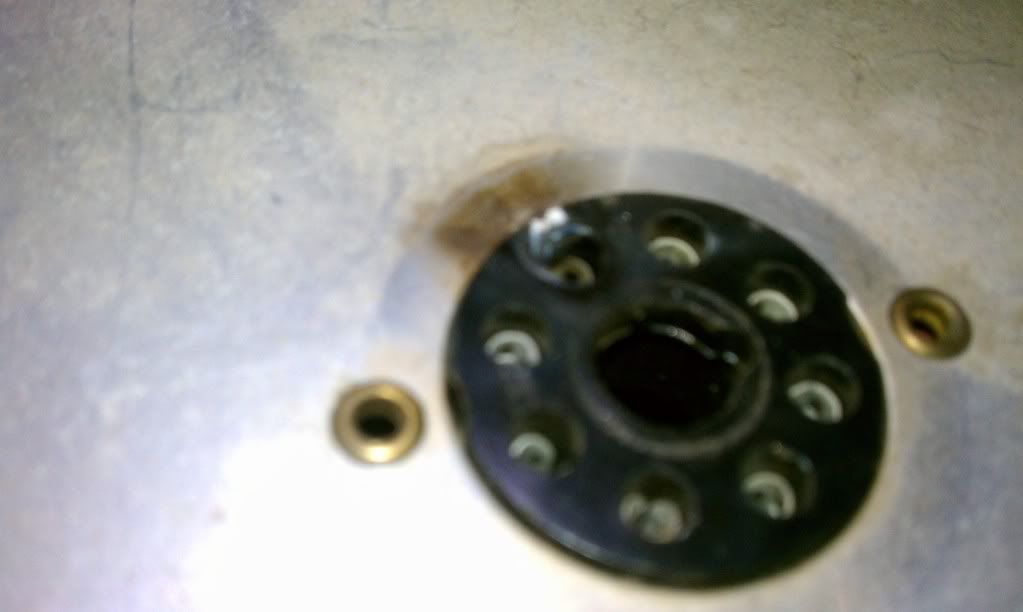
the socket
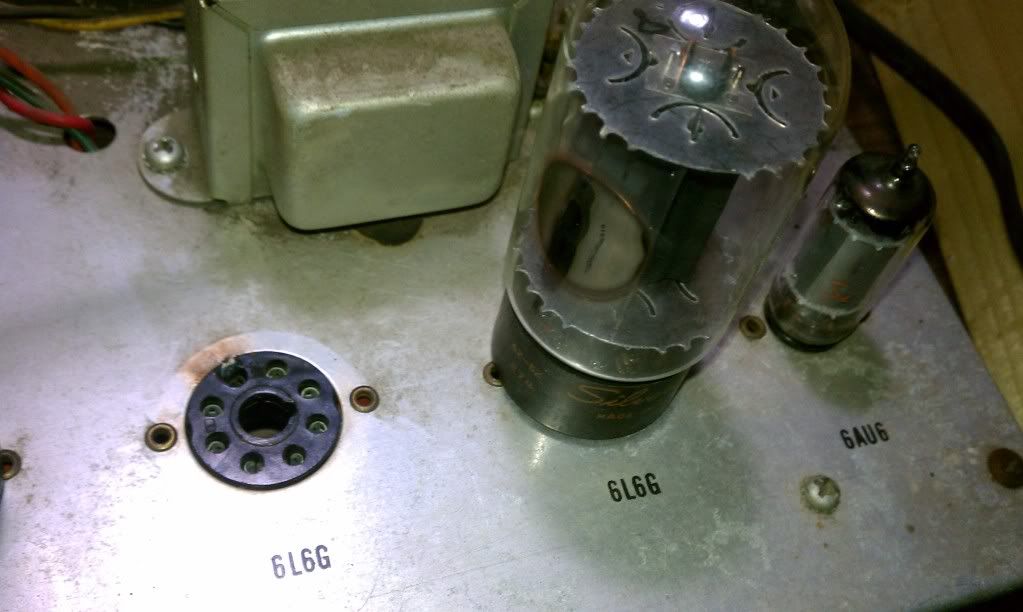
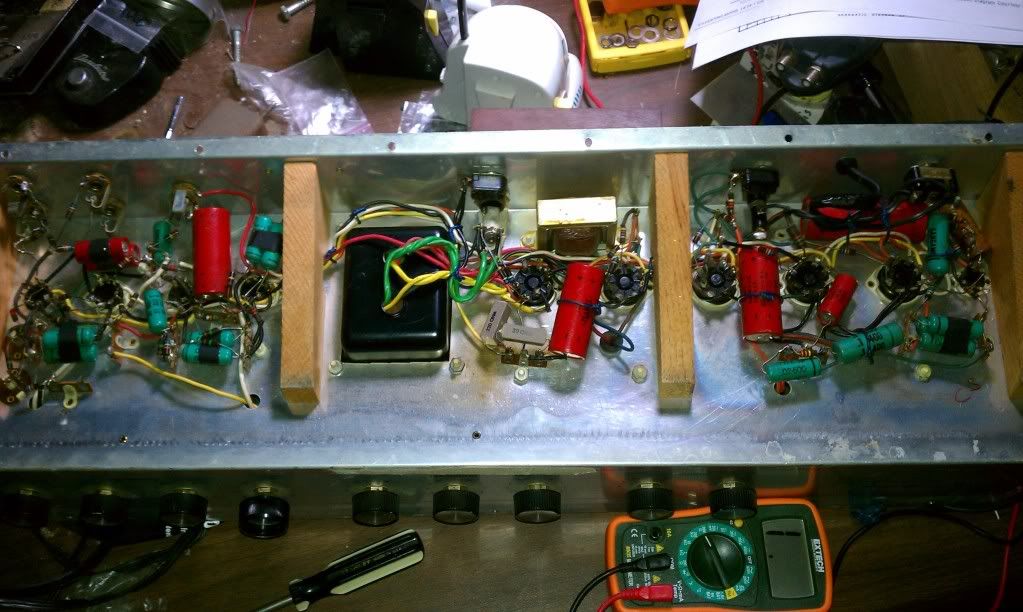
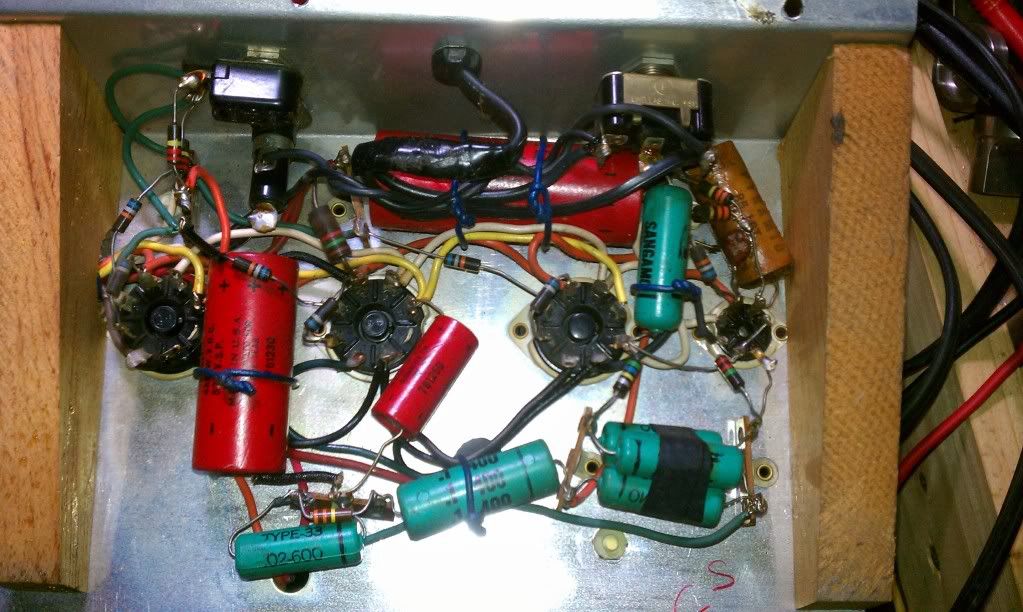
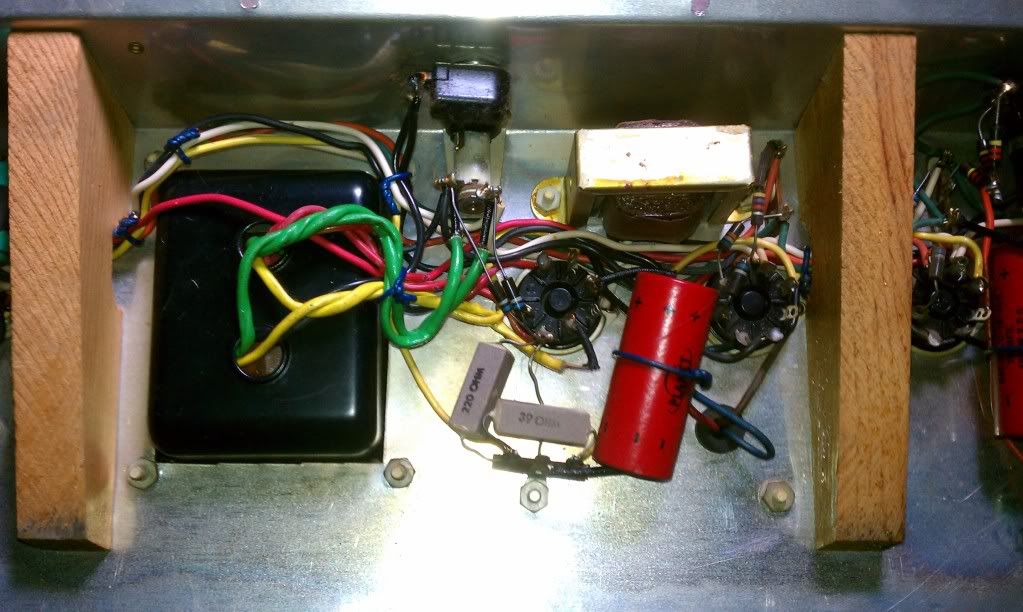
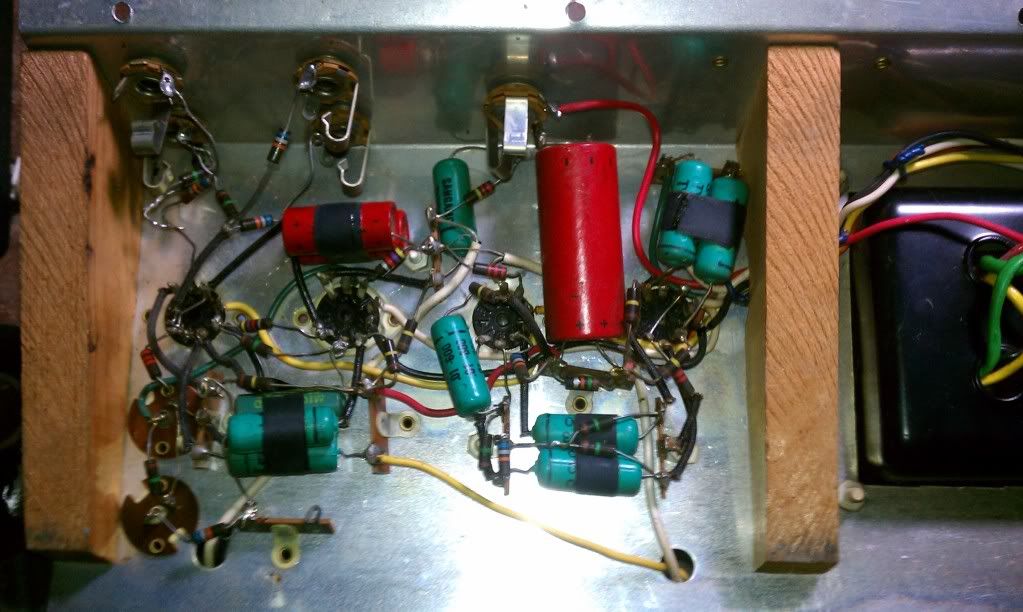

the socket





Comment